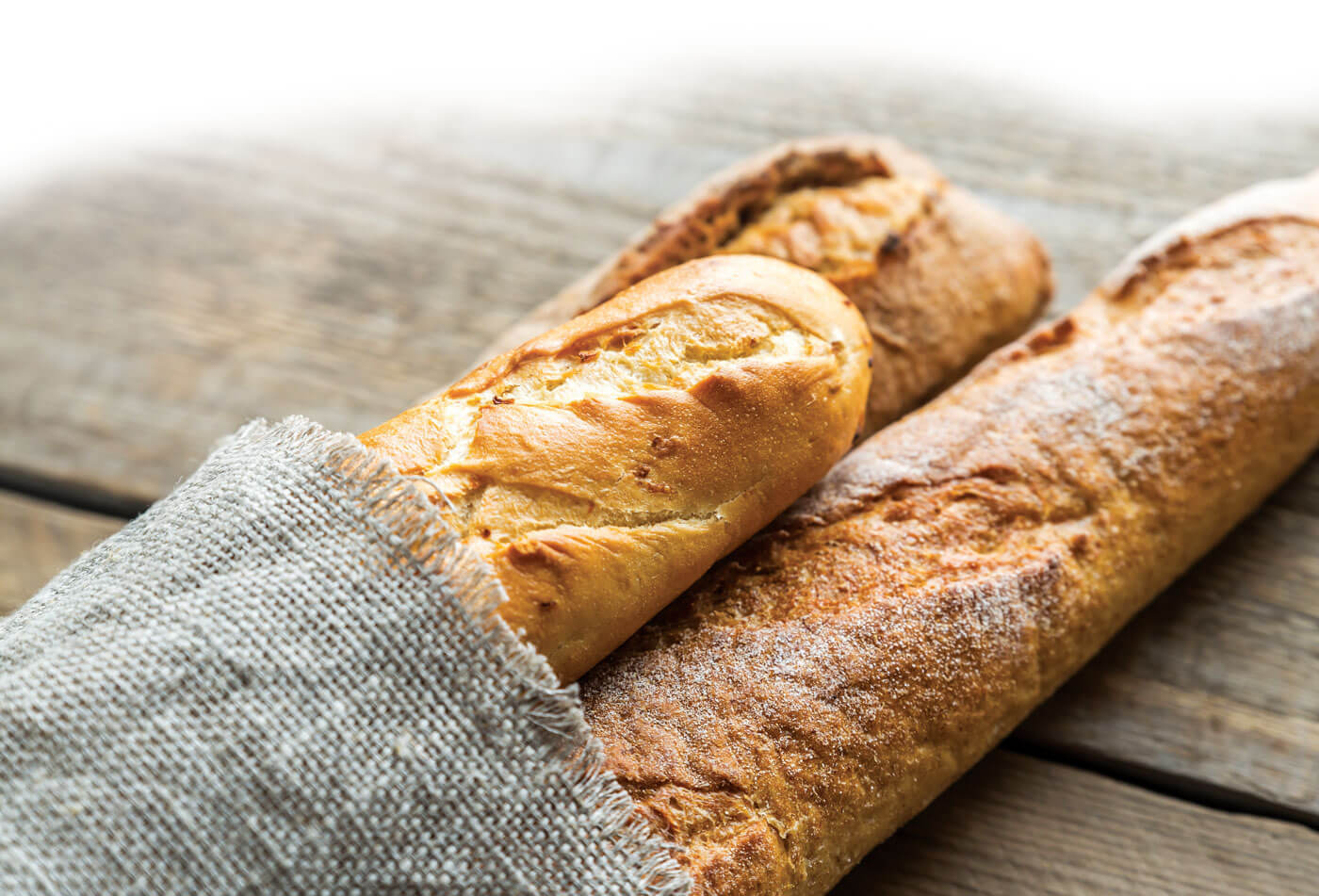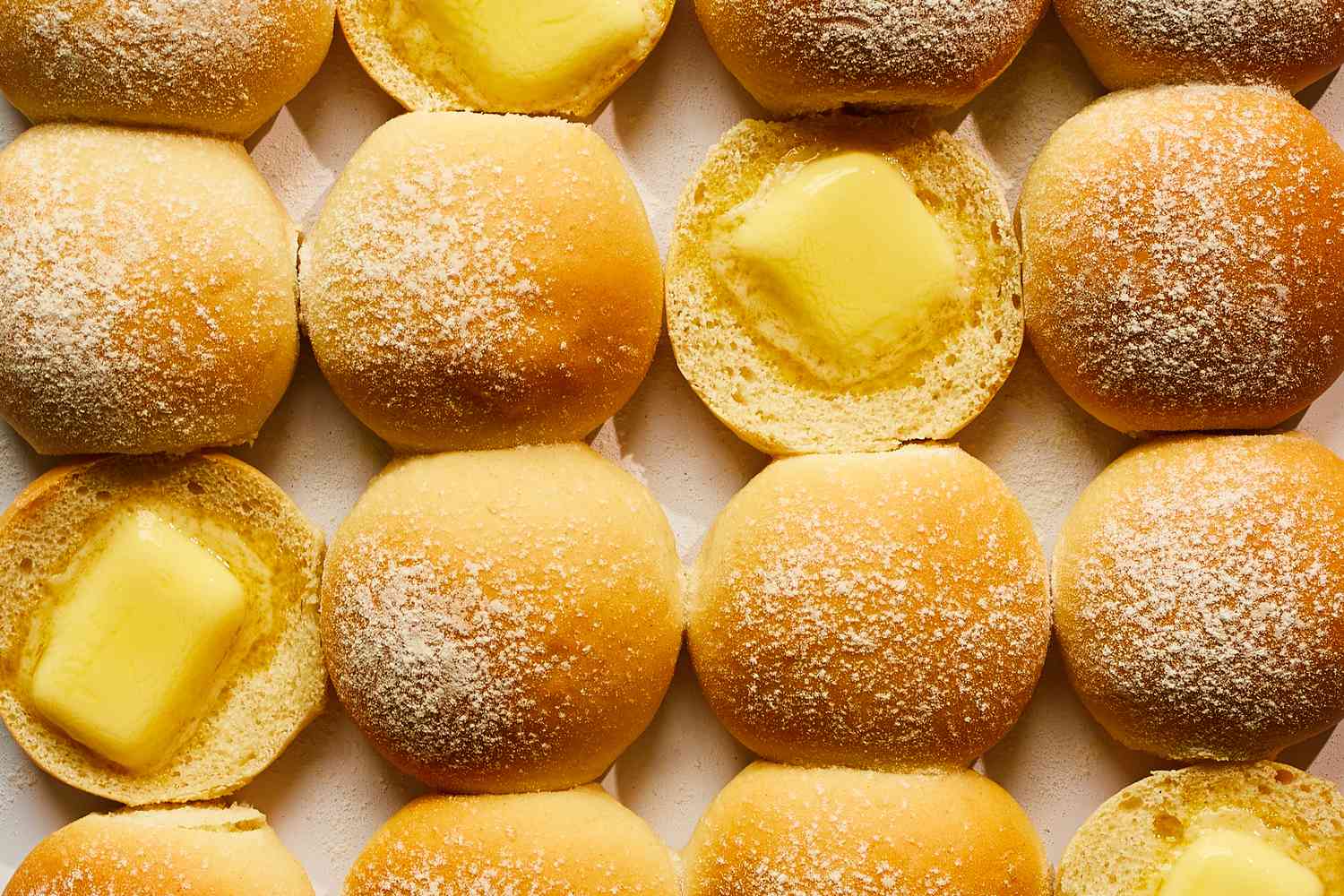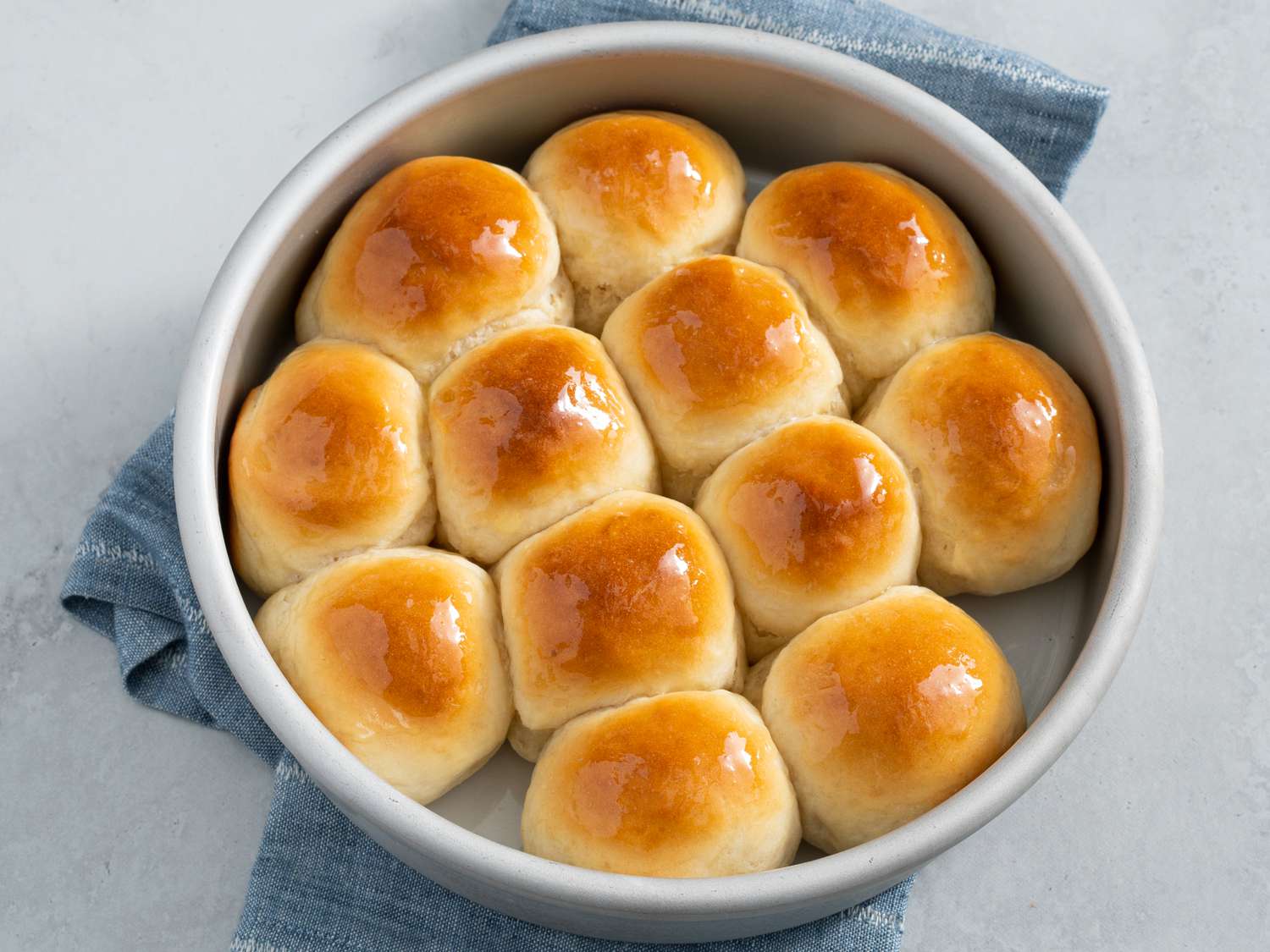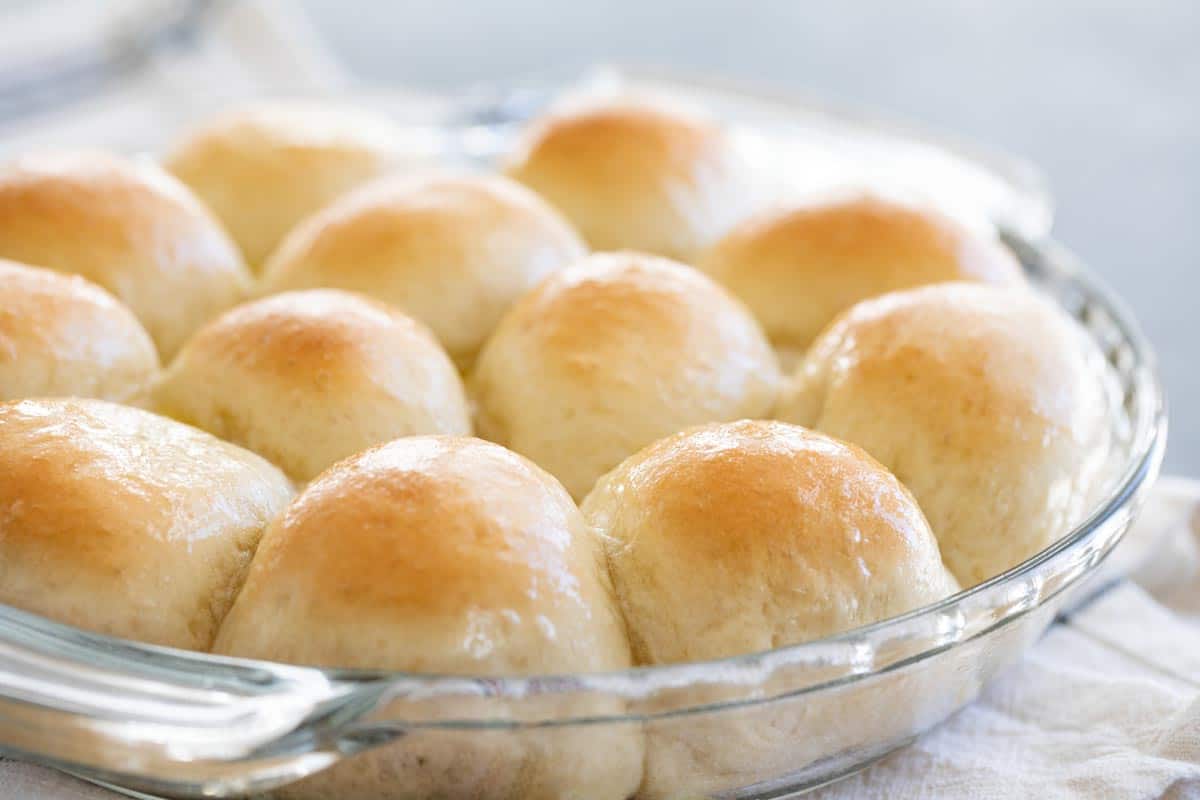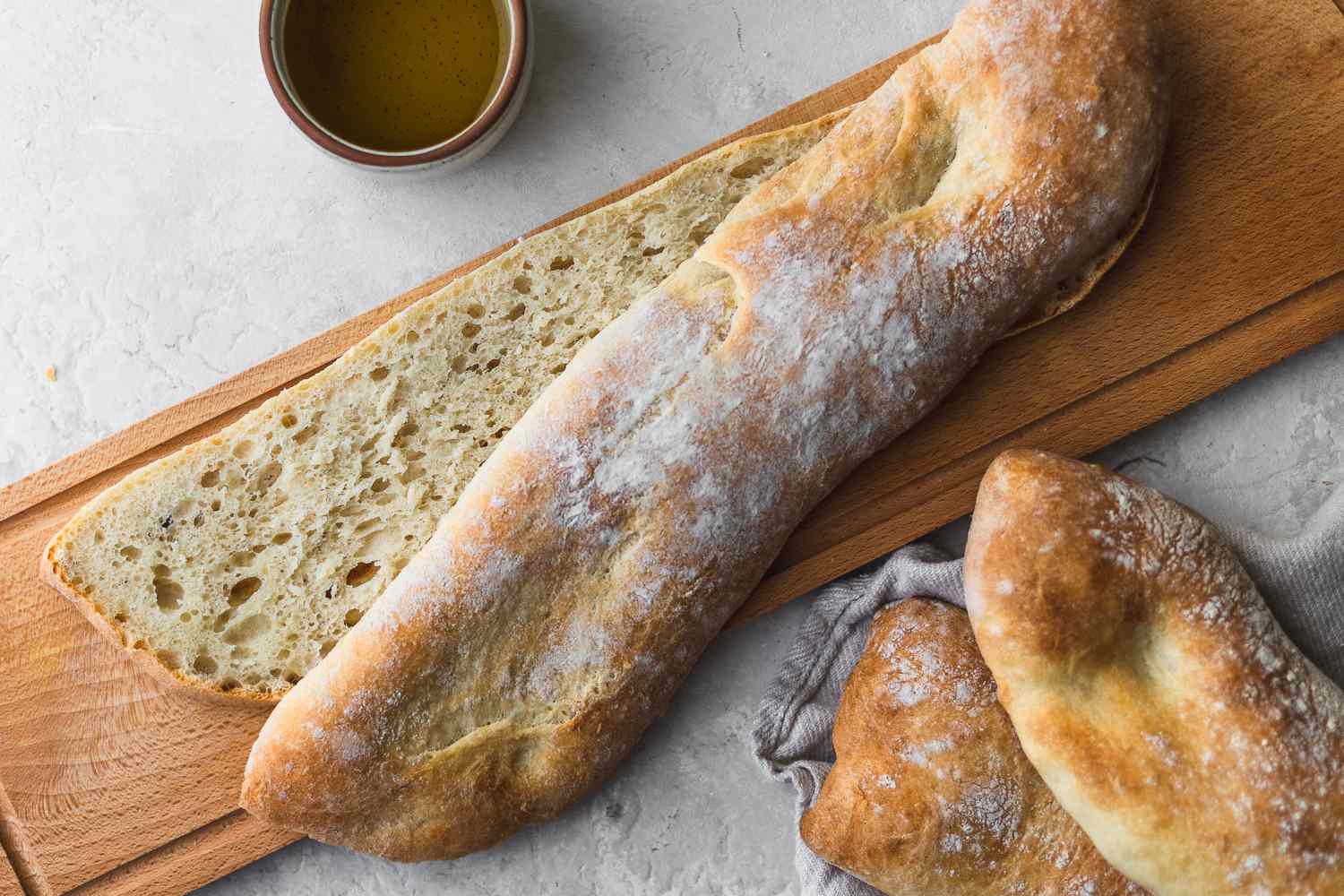Sure, I can help you with that. Here's the HTML-formatted blog post on How To Knead Dough Cinnamon Rolls:
Mastering the Art of Kneading Dough for Perfect Cinnamon Rolls
There’s nothing quite like the aroma of freshly baked cinnamon rolls wafting through the kitchen. The secret to achieving that perfect, pillowy texture lies in the art of kneading the dough. Whether you’re a seasoned baker or a novice in the kitchen, mastering the technique of kneading dough is essential for creating the ultimate cinnamon roll experience.
The Basics of Kneading Dough
Kneading dough is a fundamental step in the bread-making process. It involves working the dough to develop the gluten, which gives bread its structure and texture. When it comes to cinnamon rolls, the goal is to achieve a soft, elastic dough that will yield tender, fluffy rolls.
Here’s a step-by-step guide to kneading dough for cinnamon rolls:
- Prepare the Ingredients: Gather your ingredients, including flour, yeast, sugar, salt, milk, butter, and of course, cinnamon for that classic flavor.
- Mix the Dough: Combine the dry ingredients in a bowl, then add the wet ingredients. Mix until a shaggy dough forms.
- Turn Out the Dough: Transfer the dough to a floured surface. This is where the magic happens!
- Knead the Dough: Using the heel of your hand, push the dough away from you, then fold it back over itself. Rotate the dough a quarter turn and repeat. Continue this process for about 8-10 minutes, or until the dough is smooth and elastic.
- Test for Readiness: To check if the dough is ready, perform the windowpane test. Gently stretch a small piece of dough. If it forms a thin, translucent membrane without tearing, it’s ready.
- Let the Dough Rest: Place the kneaded dough in a greased bowl, cover it with a kitchen towel, and allow it to rise until doubled in size.
Tips for Perfecting Your Technique
Kneading dough is as much an art as it is a science. Here are some tips to help you hone your skills:
- Be Patient: Kneading takes time and effort. Don’t rush the process.
- Use Proper Technique: Apply even pressure as you knead, and use the heel of your hand to push the dough.
- Adjust the Flour: If the dough feels too sticky, add a little flour. If it’s too dry, sprinkle it with water.
- Practice Makes Perfect: The more you knead, the better you’ll become at gauging the dough’s readiness.
Conclusion
Mastering the art of kneading dough is a skill that will elevate your cinnamon roll game to new heights. With a little practice and patience, you’ll be well on your way to creating the most delectable, irresistible cinnamon rolls that will have everyone coming back for more.
So, roll up your sleeves, dust off your flour, and get ready to knead your way to cinnamon roll perfection!





